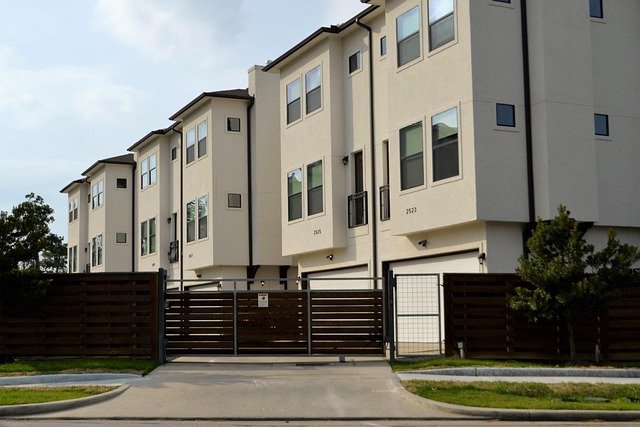Low Cost Apartments for Seniors: Affordable Housing and Benefits
As the cost of living continues to rise, many seniors find themselves searching for affordable housing options that meet their unique needs. Low cost apartments for seniors offer a viable solution, providing comfortable living spaces at prices that fit within limited budgets. These specialized housing arrangements not only address financial concerns but also cater to the specific requirements of older adults, fostering independence and community connections.

What Are Low Cost Apartments for Seniors?
Low cost apartments for seniors are residential units specifically designed for older adults with limited financial resources. These accommodations typically feature age-restricted communities, often for those 55 and older or 62 and older. They provide affordable rent options, sometimes based on a percentage of the resident’s income, and may include amenities tailored to senior living such as handrails, emergency call systems, and social activities.
Average Costs of Senior Apartments in 2025 and Their Benefits
As we look towards 2025, the average costs of senior apartments are expected to vary widely depending on location, amenities, and level of care provided. While exact future prices are difficult to predict, we can estimate based on current trends and inflation rates.
Benefits of low cost senior apartments include:
-
Financial stability through fixed, affordable rents
-
Age-appropriate amenities and services
-
Community engagement with peers
-
Maintenance-free living
-
Potential access to transportation and healthcare services
| Type of Senior Apartment | Estimated Monthly Cost Range (2025) |
|---|---|
| Subsidized Housing | $300 - $800 |
| Income-Based Apartments | 30% of monthly income |
| Market-Rate Senior Units | $1,000 - $3,000 |
Prices, rates, or cost estimates mentioned in this article are based on the latest available information but may change over time. Independent research is advised before making financial decisions.
Government Assistance Programs Supporting Senior Housing
Several government programs exist to help seniors access affordable housing:
-
Section 202 Supportive Housing for the Elderly: Provides capital advances to finance the construction, rehabilitation, or acquisition of structures for very low-income elderly persons.
-
Housing Choice Voucher Program (Section 8): Assists very low-income families, the elderly, and the disabled to afford decent, safe housing in the private market.
-
Low-Income Housing Tax Credit (LIHTC): Encourages the development of affordable housing by providing tax incentives to property owners.
-
Public Housing: Operated by local housing agencies to provide decent and safe rental housing for eligible low-income families, the elderly, and persons with disabilities.
These programs aim to bridge the gap between seniors’ incomes and the cost of suitable housing, ensuring that older adults can maintain their independence and quality of life.
Comparing Low Cost Apartments to Other Senior Living Options
When evaluating housing options, it’s essential to understand how low cost apartments compare to other senior living arrangements:
-
Independent Living Communities: Often more expensive, with a focus on active lifestyles and extensive amenities.
-
Assisted Living Facilities: Provide personal care services but at a higher cost than low cost apartments.
-
Nursing Homes: Offer 24/7 medical care, resulting in significantly higher expenses.
-
Continuing Care Retirement Communities (CCRCs): Provide a continuum of care but require substantial entrance fees and monthly charges.
Low cost apartments stand out as an affordable option for seniors who are still relatively independent but may benefit from a supportive community environment and age-appropriate design features.
How to Find Low Cost Apartments for Seniors in Your Area
Locating suitable low cost apartments for seniors requires research and persistence. Here are some effective strategies:
-
Contact your local Area Agency on Aging for information on housing options and assistance programs.
-
Visit the U.S. Department of Housing and Urban Development (HUD) website to search for affordable senior housing.
-
Reach out to local senior centers or community organizations that may have information on available housing.
-
Use online apartment search engines that specialize in senior living or affordable housing.
-
Consult with a senior housing specialist or real estate agent familiar with local options for older adults.
-
Attend senior housing fairs or informational sessions in your community to learn about available options.
By exploring these avenues, seniors can increase their chances of finding suitable, affordable housing that meets their needs and preferences.
In conclusion, low cost apartments for seniors represent a crucial housing option that balances affordability with the specific needs of older adults. By understanding the types of apartments available, the costs involved, government assistance programs, and how to find suitable options, seniors can make informed decisions about their living arrangements. As the population ages, the importance of these affordable housing solutions will continue to grow, ensuring that seniors can maintain their independence and quality of life without undue financial strain.




